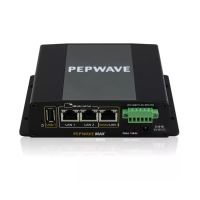
Do you have a question about the peplink 1350 and is the answer not in the manual?
| Brand | peplink |
|---|---|
| Model | 1350 |
| Category | Network Router |
| Language | English |
Defines terms, acronyms, and abbreviations used in the manual.
Compares features and specifications across different Peplink Balance models.
Details supported network features including WAN, LAN, VPN, and Firewall capabilities.
Lists the items included in the Peplink Balance product packages.
Provides an overview and front/rear panel appearance for each Peplink Balance model.
Lists the necessary items and requirements before installing the Peplink Balance.
Provides step-by-step instructions for connecting the network components.
Guides on configuring LAN and WAN connections for proper operation.
Details on accessing the Peplink Balance via its web-based administration interface.
Explains the step-by-step process for configuring WAN connections using the setup wizard.
Covers advanced network settings accessible via the Network menu.
Details the four possible connection methods for WAN interfaces: DHCP, Static IP, PPPoE, Mobile.
Configures physical interface settings like Speed, MTU, MAC Address Clone, and VLAN.
Enables periodic checking of WAN connection health using Ping, DNS Lookup, or HTTP.
Helps track network usage and set monthly bandwidth limits with notification options.
Manages a list of fixed Internet IP addresses assigned by the ISP.
Allows registration of domain name relationships with dynamic DNS service providers.
Details how to set up SpeedFusion connections for secure, bonded multi-WAN communication.
Explains how to configure SpeedFusion when the device is behind a NAT router.
Shows the current connection status of each SpeedFusion profile.
Covers the configuration of IPsec VPN profiles for secure network connections.
Defines policies for managing and load balancing outbound traffic across WAN connections.
Allows creation of custom rules to manage outbound traffic behavior based on various criteria.
Guides on setting up inbound port forwarding rules for server access.
Details how to define servers on the LAN for inbound connections.
Covers the definition of services, UPnP/NAT-PMP, DNS records, and reverse lookup zones.
Explains how to set up reverse lookup zones for DNS queries.
Provides a wizard to import DNS records via zone transfer.
Displays real-time WLAN information including APs, online devices, and clients.
Covers management of Pepwave AP devices, including firmware and profiles.
Details configuration of wireless networks, including SSID, security policy, and access control.
Enables customization of the captive portal page for guest access.
Allows configuration and assignment of AP profiles to Pepwave AP devices.
Enables categorization of clients into groups for applying bandwidth and prioritization policies.
Defines minimum bandwidth reservation per user group and individual bandwidth limits.
Allows prioritization of application traffic based on detected content or custom definitions.
Covers the creation and management of outbound and inbound firewall access rules.
Enables blocking access to specific websites for LAN/PPTP/SpeedFusion clients.
Supports High Availability configurations using VRRP for redundancy and failover.
Enables a built-in PPTP server for secure remote access to the local network.
Allows interception and redirection of SMTP, Web Proxy, and DNS traffic.
Supports handling of specific services like SIP, H.323, FTP, TFTP, and IPsec NAT-T.
Manages user accounts, passwords, and web admin access security.
Provides instructions for upgrading the Peplink Balance firmware online or manually.
Configures the system clock and time server synchronization.
Enables email notifications for system events and firmware updates.
Configures logging events to a specified remote Syslog server.
Covers configuration for Simple Network Management Protocol (SNMP) for monitoring.
Enables sending device status and configuration to Peplink's InControl system.
Provides functionality to download, upload, and restore device configurations.
Offers a button to restart the system and select firmware versions.
A utility to test network connectivity by sending ICMP packets.
Traces the routing path to a destination through Ethernet or SpeedFusion connection.
Tests the throughput between different VPN peers.
Enables Command Line Interface access via SSH or serial console port.
Displays system information such as router name, model, firmware, and uptime.
Shows information on active inbound and outbound sessions across WAN connections.
Lists DHCP clients, their names, rates, and MAC addresses.
Displays the status of connected Pepwave access point devices.
Lists WINS client IP addresses and their names.
Shows the current status of SpeedFusion connections and VPN peers.
Displays a list of events that have occurred on the Peplink Balance unit.
Shows bandwidth usage statistics for WAN connections on hourly, daily, and monthly basis.
Explains packet flow and security advantages of operating in NAT mode.
Describes packet flow in IP Forwarding mode without changing IP addresses.
Demonstrates optimizing performance for HTTP and SMTP services using outbound rules.
Shows how to use Persistence to keep a consistent WAN connection for sessions.
Explains creating inbound NAT mappings to allow external access to LAN hosts.
Details setting up firewall rules to restrict inbound web access.
Guides on setting up outbound firewall rules to restrict FTP access.
Lists product specifications for Peplink Balance 20 and 30 models.
Lists product specifications for Peplink Balance 210 and 310 models.
Lists product specifications for the Peplink Balance 380 model.
Lists product specifications for the Peplink Balance 305 model.
Lists product specifications for the Peplink Balance 380 model (Hardware Revision 5).
Lists product specifications for the Peplink Balance 580 model.
Lists product specifications for the Peplink Balance 710 model.
Lists product specifications for the Peplink Balance 1350 model.
Lists product specifications for the Peplink Balance 2500 model.
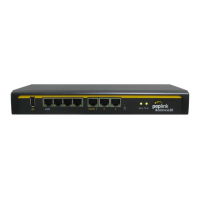

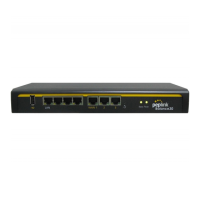



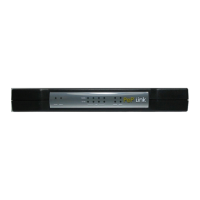


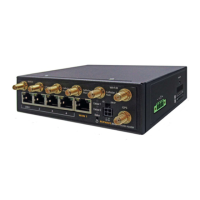

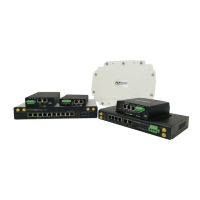
